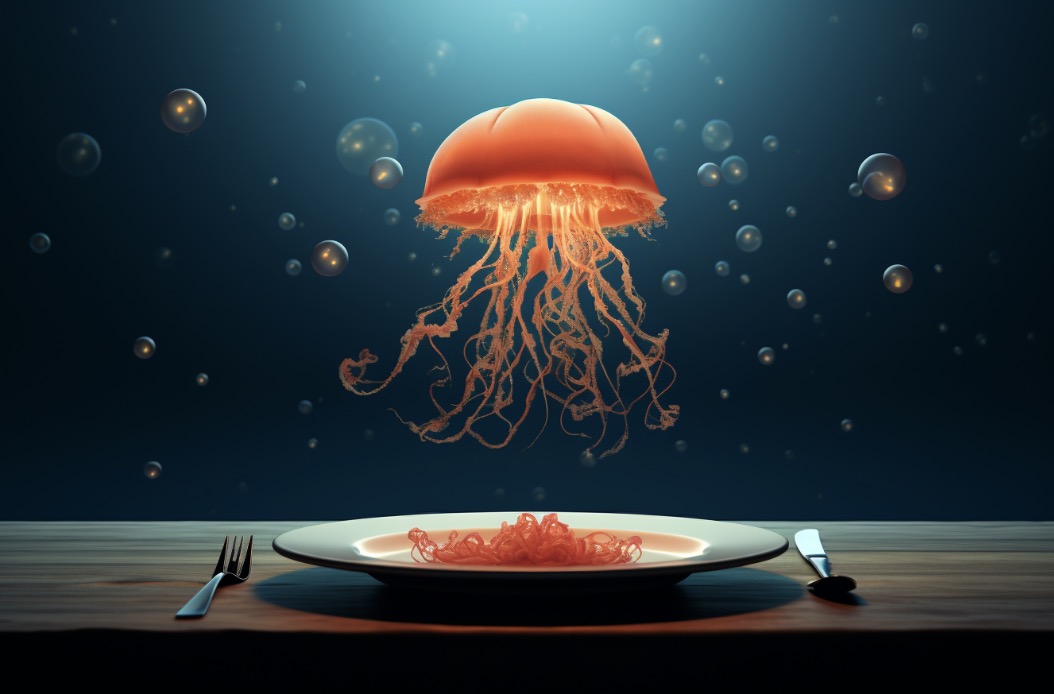At first glance, sand dollars may seem like a simple beach souvenir, but these marine animals play a vital role in the ecosystem.
Sand dollars are important in nature due to their ecological roles and contributions to the marine ecosystem.
They serve as:
1. Detritivores and algae consumers: Sand dollars feed on organic debris, dead plant material, and microscopic algae, helping to maintain the balance and cleanliness of the ocean floor. By consuming excess algae, they prevent algal blooms that can lead to oxygen depletion and harm other marine life.
2. Prey for other marine species: Sand dollars are a food source for various marine animals, such as fish, sea stars, and crabs. Their presence in the food chain helps maintain the balance of predator-prey relationships in the ecosystem.
3. Bioindicators of environmental health: The presence or absence of sand dollars can indicate the health of a marine ecosystem. A decline in their population may signal pollution, habitat degradation, or other environmental stressors.
4. Contributors to beach nourishment: As sand dollars die and their skeletons break down, they contribute to the sand on beaches, providing a natural source of beach nourishment.
5. Subjects of scientific research: Sand dollars are used in various scientific studies, including research on marine biology, ecology, and environmental conservation. Their unique skeletal structure and biology provide valuable insights into the evolution and adaptation of marine organisms.
Sand dollars are echinoderms, and they belong to the same family as sea urchins and starfish.
They are found in shallow waters around the world, and their unique shape and intricate design have made them a popular item for collectors.

However, sand dollars are much more than just a pretty shell.
Here are five reasons why sand dollars are important in nature.
1. Sand Dollars Help Control Algae Blooms
Algae blooms occur when there is an overgrowth of algae in a body of water.
This can happen due to an increase in nutrients, such as nitrogen and phosphorus, which can come from sources such as sewage runoff and fertilizer use.
Algae blooms can have harmful effects on the ecosystem, such as depleting oxygen levels in the water and causing the death of fish and other marine life.
Sand dollars play a crucial role in controlling algae blooms. They feed on algae and other small organisms on the ocean floor, helping to keep the population in check.
In fact, a single sand dollar can consume up to 30 micrograms of algae per day. By keeping the algae population in balance, sand dollars help prevent harmful algae blooms from occurring.
2. Sand Dollars Provide Habitat for Other Marine Life

Sand dollars are not just consumers; they are also providers.
The unique shape and design of their shells provide a habitat for other marine creatures.
For example, small fish and crabs may seek shelter under the sand dollar’s shell to avoid predators.
In addition, the sand dollar’s exoskeleton can provide a surface for algae and other organisms to grow, creating a mini ecosystem.
3. Sand Dollars Help Maintain the Ocean Floor
Sand dollars are burrowers, and they spend much of their time digging into the ocean floor. As they burrow, they help aerate the sediment, which can improve the health of the ecosystem.
In addition, sand dollars can help prevent erosion by stabilizing the sediment on the ocean floor.
4. Sand Dollars Can Indicate the Health of the Ecosystem
Sand dollars are sensitive to changes in their environment, such as changes in water temperature, salinity, and nutrient levels.
This means that they can serve as an indicator of the health of the ecosystem.
For example, if there is a sudden decline in the sand dollar population, it could be a sign that something is wrong with the ecosystem.
By monitoring the population of sand dollars, scientists can gain insights into the health of the ecosystem and take action to prevent further damage.
5. Sand Dollars Have Cultural Significance
Sand dollars have been used for centuries by various cultures for both practical and spiritual purposes. For example, in some cultures, sand dollars were used as currency or as a symbol of wealth.
In other cultures, sand dollars were used in ceremonies to represent the cycle of life and death. Today, sand dollars are often used in crafts and jewelry, and they continue to hold cultural significance for many people around the world.
# Conclusion
Sand dollars may be small, but they play a big role in the ecosystem.
They help control algae blooms, provide habitat for other marine life, maintain the ocean floor, indicate the health of the ecosystem, and have cultural significance.
By understanding the importance of sand dollars, we can appreciate these animals for more than just their beauty and continue to work towards protecting the delicate balance of the ocean ecosystem.




